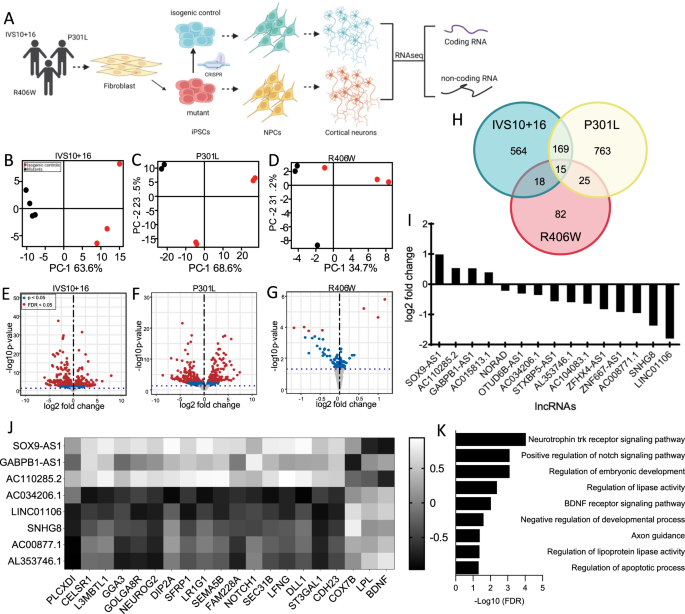2023-09-22 スイス連邦工科大学ローザンヌ校(EPFL)
◆研究者は特定の神経細胞が回復に関与し、神経繊維を正しい場所に再接続する必要があることを明らかにしました。この知見を元に、遺伝子療法が設計され、マウスで実験されました。結果、完全な脊髄損傷を持つマウスが歩行能力を回復し、再生療法が運動機能を回復するためには特定の条件が必要であることが示唆されました。
◆将来的には、この遺伝子療法を脊髄損傷治療に取り入れ、運動機能の回復を促進する可能性があります。
<関連情報>

神経細胞再生による麻痺後の歩行回復を目指す Recovery of walking after paralysis by regenerating characterized neurons to their natural target region
Jordan W. Squair,Marco Milano,Alexandra de Coucy,Matthieu Gautier,Michael A. Skinnider,Nicholas D. James,Newton Cho,Anna Lasne,Claudia Kathe,Thomas H. Hutson,Steven Ceto,Laetitia Baud,Katia Galan,Viviana Aureli,Achilleas Laskaratos,Quentin Barraud,Timothy J. Deming,Richie E. Kohman,Bernard L. Schneider,Zhigang He,Jocelyne Bloch,Michael V. Sofroniew,Gregoire Courtine,and Mark A. Anderson
Science Published:21 Sep 2023
DOI:https://doi.org/10.1126/science.adi6412
Editor’s summary
Although several experimental approaches have shown positive results in axonal regeneration after spinal cord injury (SCI), complete recovery of motor functions remains an elusive target. Squair et al. hypothesized that restoration of complete axonal projection of a selected neuronal population to their natural target could promote better functional recovery. After using single-cell RNA sequencing to identify the most promising neuronal population, the authors showed that promoting axonal growth and path guidance to their natural target in this population restored walking in mice after complete SCI. By contrast, broad axonal restoration across the lesion had no effect, suggesting that a more targeted approach is necessary for functional recovery after SCI. —Mattia Maroso
Abstract
Axon regeneration can be induced across anatomically complete spinal cord injury (SCI), but robust functional restoration has been elusive. Whether restoring neurological functions requires directed regeneration of axons from specific neuronal subpopulations to their natural target regions remains unclear. To address this question, we applied projection-specific and comparative single-nucleus RNA sequencing to identify neuronal subpopulations that restore walking after incomplete SCI. We show that chemoattracting and guiding the transected axons of these neurons to their natural target region led to substantial recovery of walking after complete SCI in mice, whereas regeneration of axons simply across the lesion had no effect. Thus, reestablishing the natural projections of characterized neurons forms an essential part of axon regeneration strategies aimed at restoring lost neurological functions.



